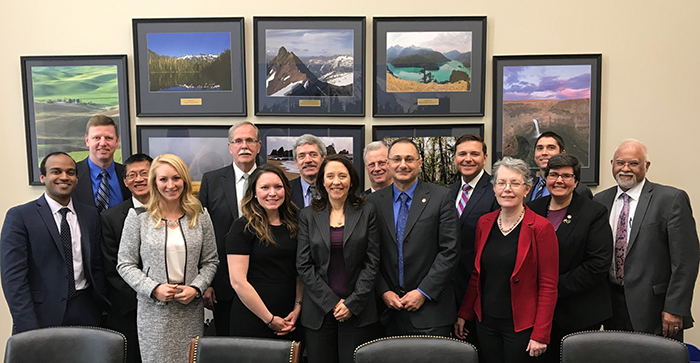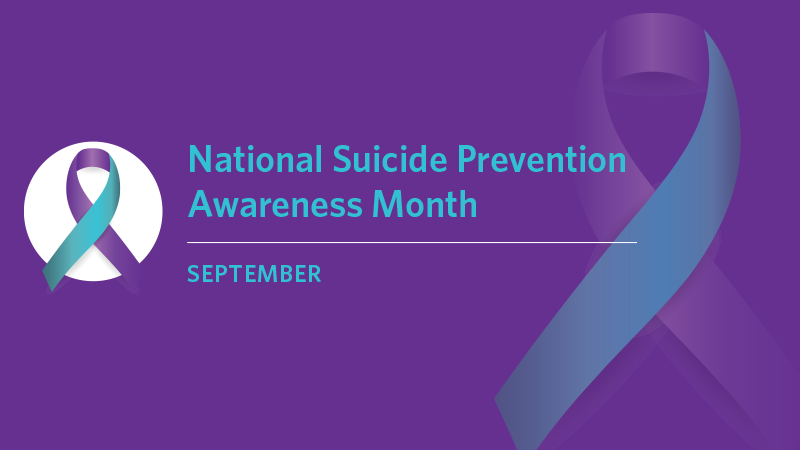In the last decade, increasing attention has been given to the stark gap in the representation of underrepresented minorities (URM) in surgery.
Historically, pediatric surgery has been one of the most competitive surgical subspecialties, with a match rate of 59.8% among only 48 certified programs in 2022. There are only 235 full-time, academic pediatric surgery faculty positions in the US. However, approximately 70% of the pediatric surgery workforce is male, and about 70% is white. Most successful candidates have come from highly sought-after surgical programs, typically with years of research and funding, mentored by well-known academic surgeons. The formula for success is a path that would exclude many URM candidates.
Experts have emphasized that the engagement of URM candidates interested in the medical field should start early, preferably around middle school, and be sustained in the ensuing years. But this method is not especially practical. Mentors who actively practice have limited time to engage with middle school, high school, and college students on a regular basis.
The American Pediatric Surgical Association (APSA) and the Association of Pediatric Surgery Training Program Directors (APSTPD) are focusing on broadening diversity in the pediatric surgery workforce. Both recognize that leadership development through mentorship and sponsorship programs are key initiatives to reach their shared goal. The Alliance of Pediatric Surgeons Growing and Advancing Representation (APGAR) is one of the ways these organizations are looking to develop the pipeline for URM in pediatric surgery.
APGAR consists of students, residents, fellows, and faculty who form a community to help ensure equitable access to pediatric surgery education, training, and mentorship. Programming is centered on education and professional development specific to pediatric surgery and utilizes a “pod” structure. Each pod comprises members from different institutions and even different countries. Each member is assigned to a longitudinal mentorship pod that includes an attending, fellow, resident, medical students, undergraduates, and high schoolers, which encourages multilevel mentorship.
The pod structure recognizes each person has a unique set of goals at a specific point and each member of the team is a valued mentor. For example, questions by a high school student who wants tips on how to get to college may be best answered by someone who is just starting college while the medical student who wants the insider's view on how to navigate the virtual interview for residency may want the perspective of a new resident. Using a virtual video-based platform facilitates navigation for members from different time zones. Redundancy within the group also mitigates absences from one member.
Currently, nearly 30 pediatric surgery faculty members from several institutions are engaged with more than 100 trainees and students through APGAR. APGAR chapters also are being introduced at individual medical schools and are spearheaded by APGAR local faculty and students. These chapters serve as resources that connect interested students to shadowing, research, and pediatric surgery-specific programming at their institution while encouraging interested students, trainees, and faculty within their system to join the growing national APGAR network.
If you are a faculty member, trainee, or student interested in joining the APGAR community, contact apgarcommunity@gmail.com. Follow us on Twitter @APGARcommunity.










